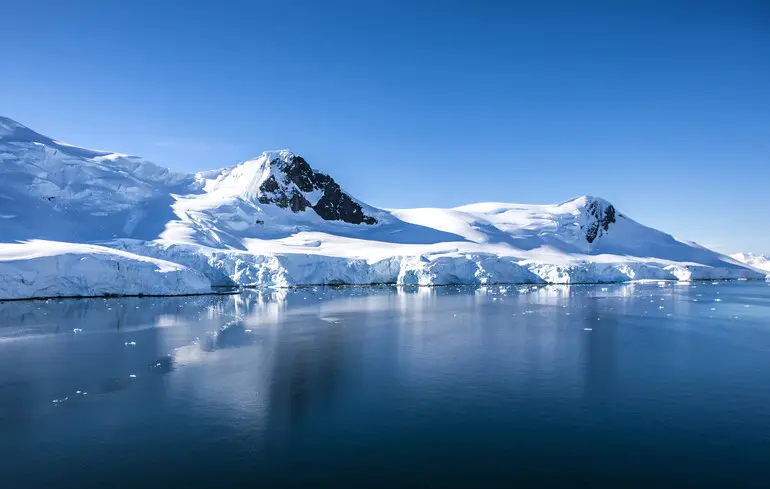Arctic: The New Energy and Resource Frontier for the US and Russia amid Geopolitical Ambitions

The global race for Arctic natural resources is gaining momentum, opening unprecedented opportunities for economic growth and strategic gains for multiple nations.
Oil, gas, rare earth metals, marine life, and even agricultural development potential are increasingly attracting attention from the United States and Russia.
The Arctic region, rich in natural resources, is becoming an essential energy and trade hub, with its development setting the stage for a new wave of international competition and cooperation.According to analysts, the Arctic’s natural resources are valued in hundreds of billions of dollars.
The Atlantic Council reports that approximately 90 billion barrels of oil are stored in the region — about 16% of the world’s reserves — and gas reserves exceed 1,669 trillion cubic feet, with Russia controlling half of these resources.
Additionally, there are about 44 billion barrels of liquefied natural gas, representing nearly 38% of global reserves.
Russian companies dominate Arctic extraction, producing over 91% of the region’s oil and gas in 2022.
Russia extracts 80% of the region’s gas and 60% of the oil.Beyond fossil fuels, the Arctic is emerging as a hub for renewable energy sources.
Wind, solar, and marine turbines are actively being developed, along with advancements in battery technologies.
Experts like Dr.
Julia Neshwayat believe that small modular nuclear reactors could revolutionize energy supply for remote Arctic communities in harsh climates—and if effective there, could be scaled worldwide.Logistics and shipping also hold significant potential.
Melting ice opens opportunities for new transcontinental sea routes.
The Northern Sea Route can cut transit times between Asia and Europe by 50%, reducing fuel consumption, avoiding congestion in narrow straits, and mitigating piracy risks.
Combined with the expertise of American oil giants, this could cement the Arctic as a new strategic zone, where US and Russian interests intersect and compete.Mineral resources constitute another critical aspect.
The Arctic holds significant reserves of metals crucial for high-tech industries and defense sectors, including platinum, nickel, rare earth elements, and phosphates.
Russia’s Norilsk Nickel and other Russian enterprises are among the world’s leading producers of nickel and other metals, with gold and diamond exploration also underway.Biological resources, especially marine life, are becoming more vital amid climate change.
Warming waters push fish like cod and haddock further north, expanding fishing opportunities, notably for China, a major seafood consumer.
The melting ice also contributes substantial fresh water, with glaciers and icebergs storing about 20% of the planet’s freshwater supplies, representing a key ecological and resource security factor.The upcoming summit between US and Russian leaders scheduled for August 15 on Alaska’s Elmendorf-Richardson military base will shape the future of Arctic diplomacy.
While the main focus remains on Ukraine, discussions will likely cover economic cooperation, military presence, and security in the Arctic.
Many experts believe that uncontrolled Arctic resource development could shift global power balances and create new opportunities for alliances and rivalries that will influence international politics and economics in the years ahead.

